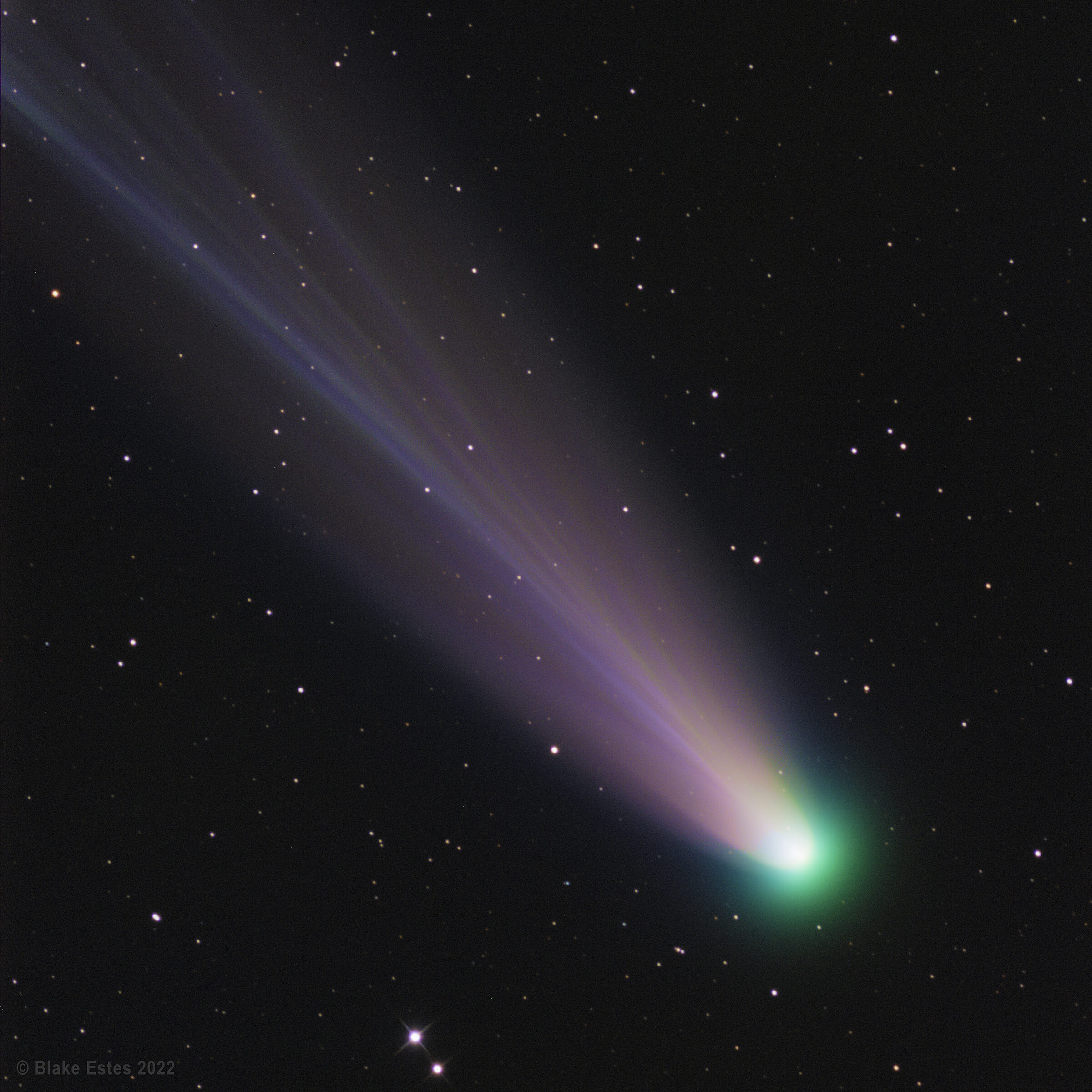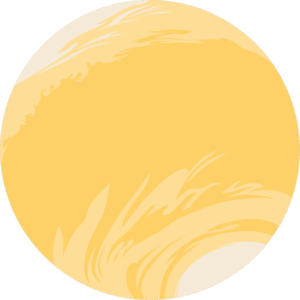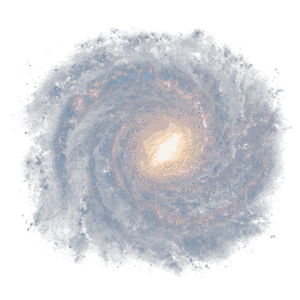The Downlink • Jan 21, 2022
Alone in space, but not lonely
Space Snapshot

Comet Leonard is on its way out of the solar system now, and is no longer visible to the naked eye. But boy, did it ever give us a great show for a while there! This spectacular image from Planetary Society member Blake Estes, taken earlier this month from Australia, shows the beautiful array of colors in the comet’s tail. Farewell, Leonard, and good luck with the rest of your journey through the cosmos! Image credit: Blake Estes.
You love space, now take action
This weekly newsletter is your toolkit to learn more about space, share information with your friends and family, and take direct action to support exploration. Anyone can subscribe at planetary.org/connect to receive it as a weekly email.
Mission Briefings


New year, new planet? Using data from NASA’s Transiting Exoplanet Survey Satellite (TESS), a team of citizen scientists has uncovered a Jupiter-like world roughly 379 light-years from Earth. According to NASA, the planet, called TOI-2180 b, is roughly three times more massive than Jupiter but has about the same diameter. A study about the finding has been published in The Astronomical Journal. Pictured: An artist’s impression of the exoplanet. Image credit: NASA/JPL-Caltech/R. Hurt.

A massive asteroid made a pretty close pass by Earth and everything was totally fine. On Jan.18, asteroid (7482) 1994 PC1 whizzed by Earth at about 1.93 million kilometers (1.2 million miles) at its closest. The asteroid — reportedly more than two and a half times the height of the Empire State Building — couldn’t be viewed with the naked eye or most binoculars, but beginner telescopes were able to pick it up. Astronomers estimate this asteroid won’t make a pass this close to Earth for another 200 years or so.

A lunar-based telescope is set to launch in 2024. A team of astronomy professors and student researchers at Louisiana State University is developing a telescope that will observe exoplanets, asteroids and stars from the far side of the moon. The telescope, called L-CAM1, will assist with exoplanet research, planetary defense efforts and more. “From the Moon, you have a different observing window,” said LSU astronomer and assistant professor Tabetha Boyajian. “We want our eyes on the sky at all times.”
From The Planetary Society


A rogue planet may be alone in space, but it isn’t necessarily lonely. Worlds that have escaped their host star’s gravity float through the cosmos untethered, sometimes with one or more moons in orbit around them. As unlikely as it may seem, rogue planets and their moons may be able to sustain life. A new article from Planetary Society contributing editor Jatan Mehta explains how a world without a home could be home to alien life. Pictured: The first direct image of a rogue planet, named PSO J318.5-22, visible as the dot with the reddish hue. Image credit: N. Metcalfe/Pan-STARRS 1.

NASA’s Curiosity rover has been on Mars for nearly 10 years now. In that time, it has confirmed the Red Planet’s past habitability and made significant progress in our quest to understand the history of our neighboring world. Curiosity project scientist Ashwin Vasavada joins this week’s Planetary Radio to look back at the rover’s accomplishments and forward to what’s next for the mission.

If you listen to Planetary Radio, we want to hear from you! We’re conducting a survey of our listeners to find out who they are, why they listen, and how they engage with us. Take five minutes to fill out this short survey and you’ll help make Planetary Radio the best it can be.
What's Up

Venus has moved into the predawn eastern sky, a bit higher from the horizon each day. Above it is Mars, with the reddish star Antares further up. In the evening, look for bright Jupiter with yellowish Saturn a bit harder to spot below it in the western sky. Learn more at planetary.org/night-sky.
Wow of the Week

Telescopes have only been able to see rogue planet PSO J318.5-22 as a fuzzy red dot, but that’s no obstacle to the imagination. This poster from NASA’s Visions of the Future series beautifully captures the intrigue of the rogue planet, suggesting that for a future interplanetary traveler, the absence of a host star may indeed be alluring. When there’s no sunrise, the party never has to end! Image credit: NASA/JPL-Caltech.
Share your artwork with us!
We love to feature space artwork in the Downlink. If you create any kind of space-related art, we invite you to send it to us by replying to any Downlink email or writing to [email protected]. Please let us know in your email if you’re a Planetary Society member!


 Explore Worlds
Explore Worlds Find Life
Find Life Defend Earth
Defend Earth


